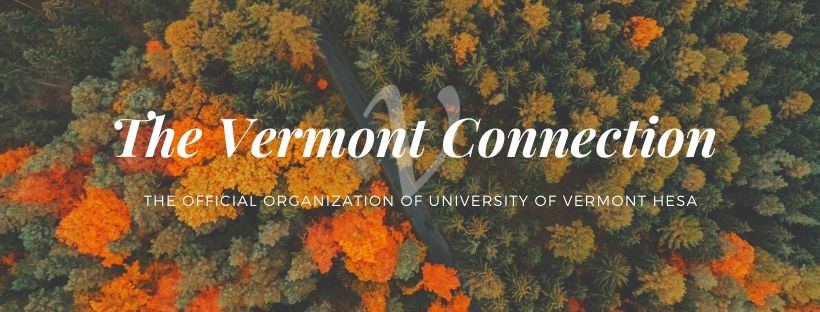
Abstract
Students collaborate in order to educate one another and to develop community. Students often use their own personal experiences for collaborative events in order to appeal to their fellow classmates' empathy to inspire change. Discussions centered on objective systems of oppression can be less effective than subjective experiences and require more student affairs professional assistance to create a fruitful experience. I examine two student events, Happy in a Hijab (HH) and Real Talks: The Race Thing (RTRT) to demonstrate how the discussion's subject relates to its effectiveness. I review the timeline of the events, what type of energy, and how much energy are generated based on each activity or action; energy in this case is defined as anything that might be emotion-inducing that can later lead to community building. HH can attribute its success in generating energy to its subjects being womxn who wear the hijab and to the creation of a safe space. RTRT produced less successful results due to its subject being the entire system of racism and its failure to create a safe space or learning environment. In this paper, I seek to affirm diligence is needed when determining how collaborative events are held in order to uphold community building and reduce harm and trauma demonstrations.
Recommended Citation
Dorsey, T. L. (2020). Developing Community Through Energy: The Impact of Student Extracurricular Collaboration. The Vermont Connection, 41(1). https://scholarworks.uvm.edu/tvc/vol41/iss1/9